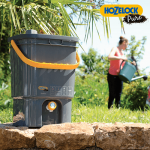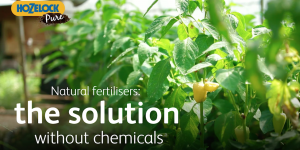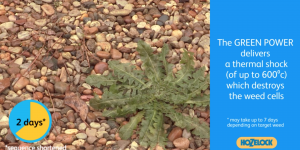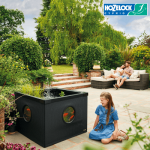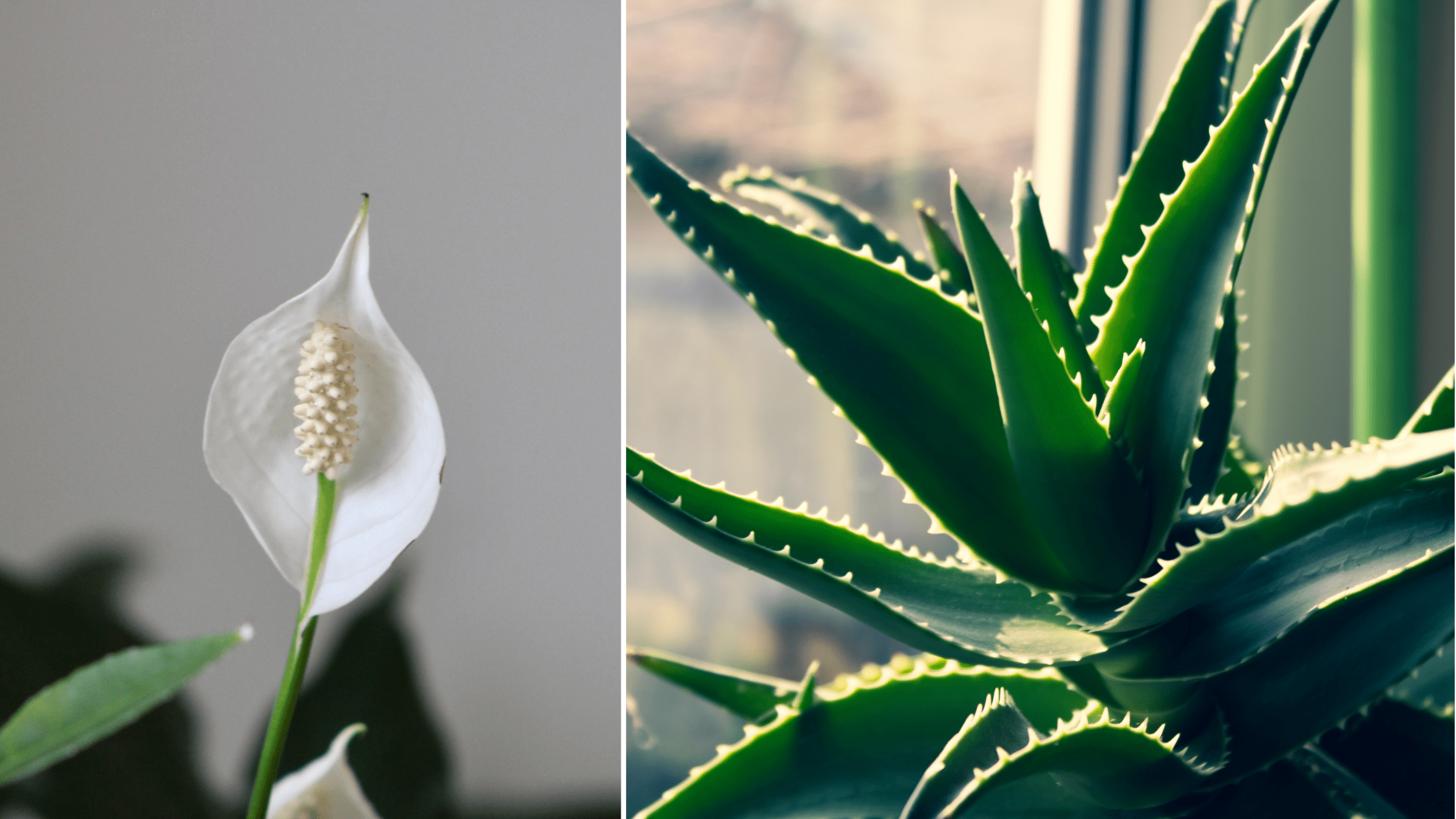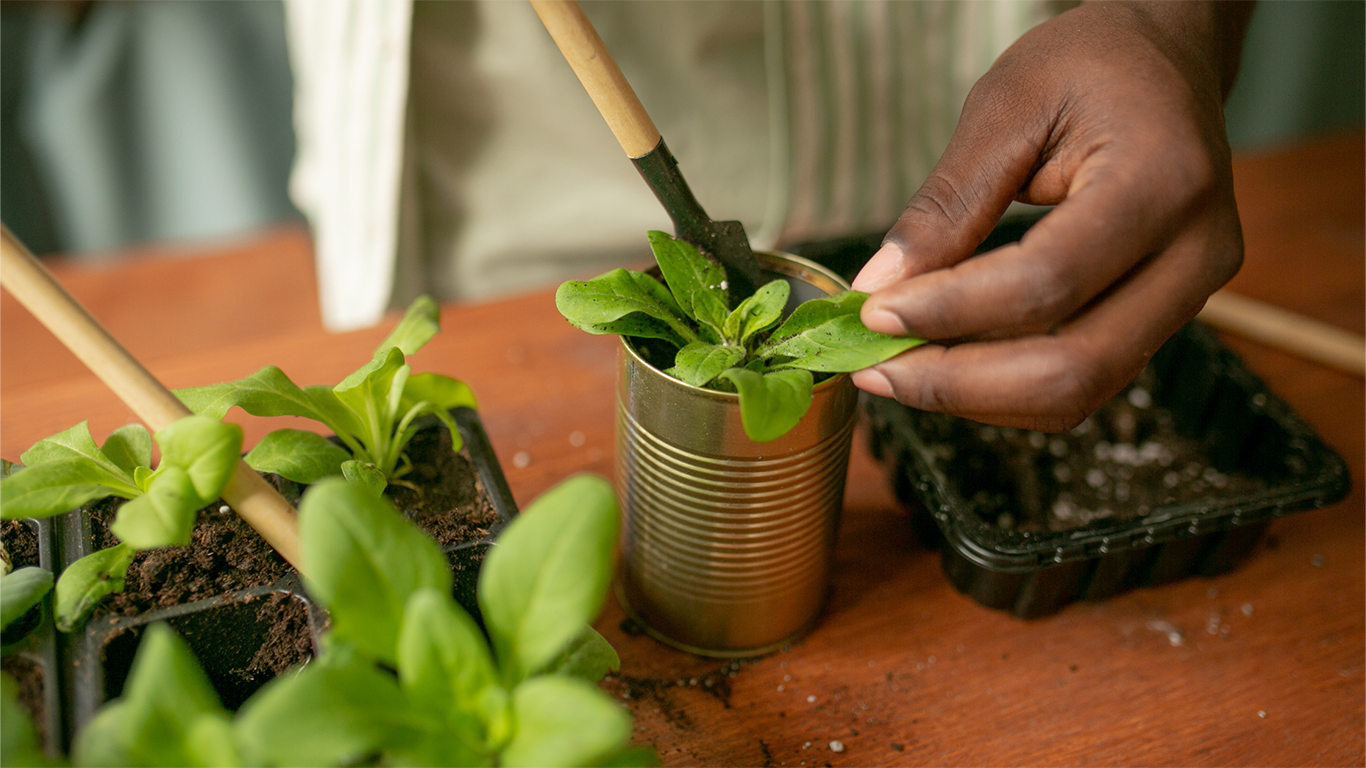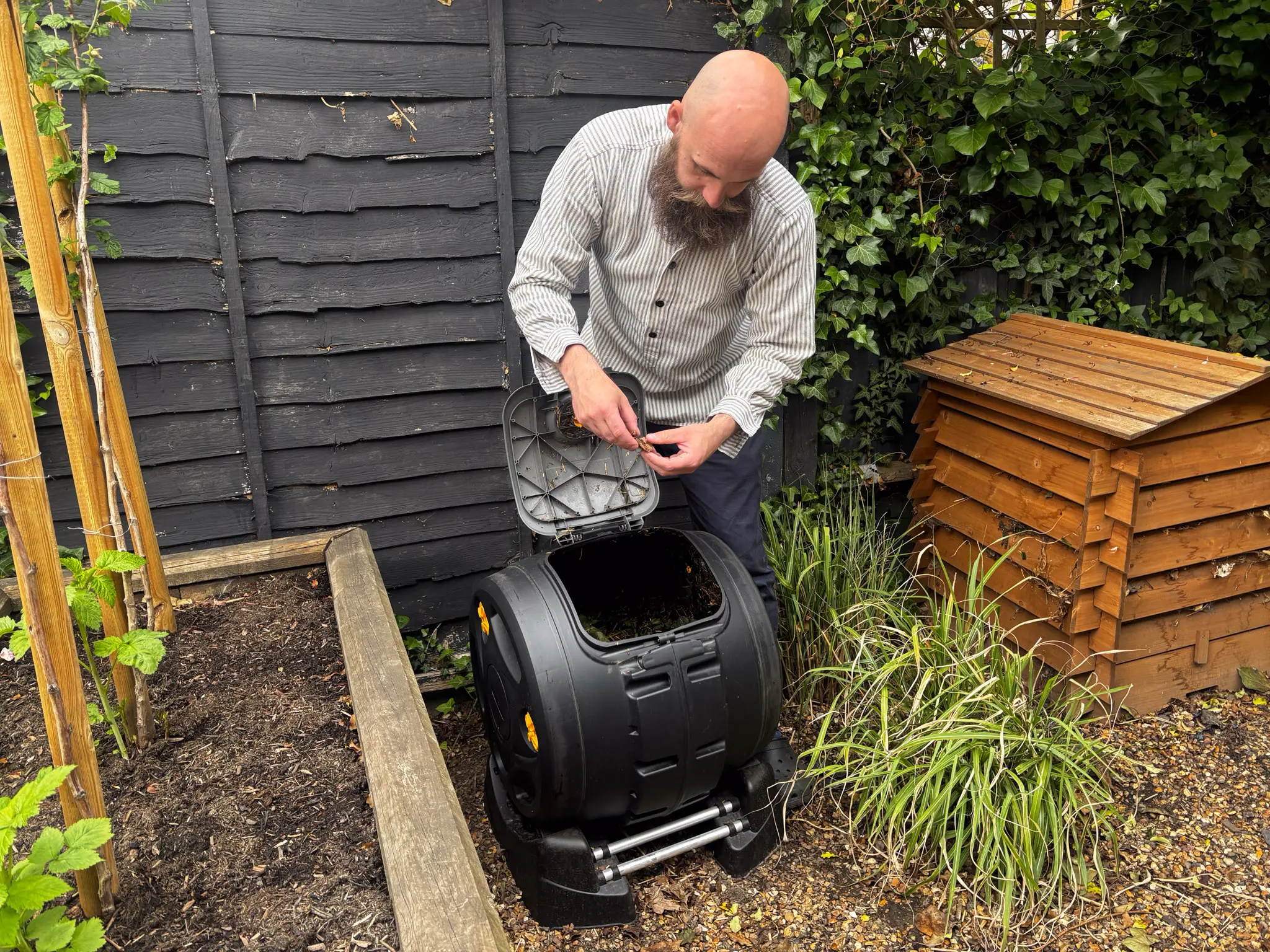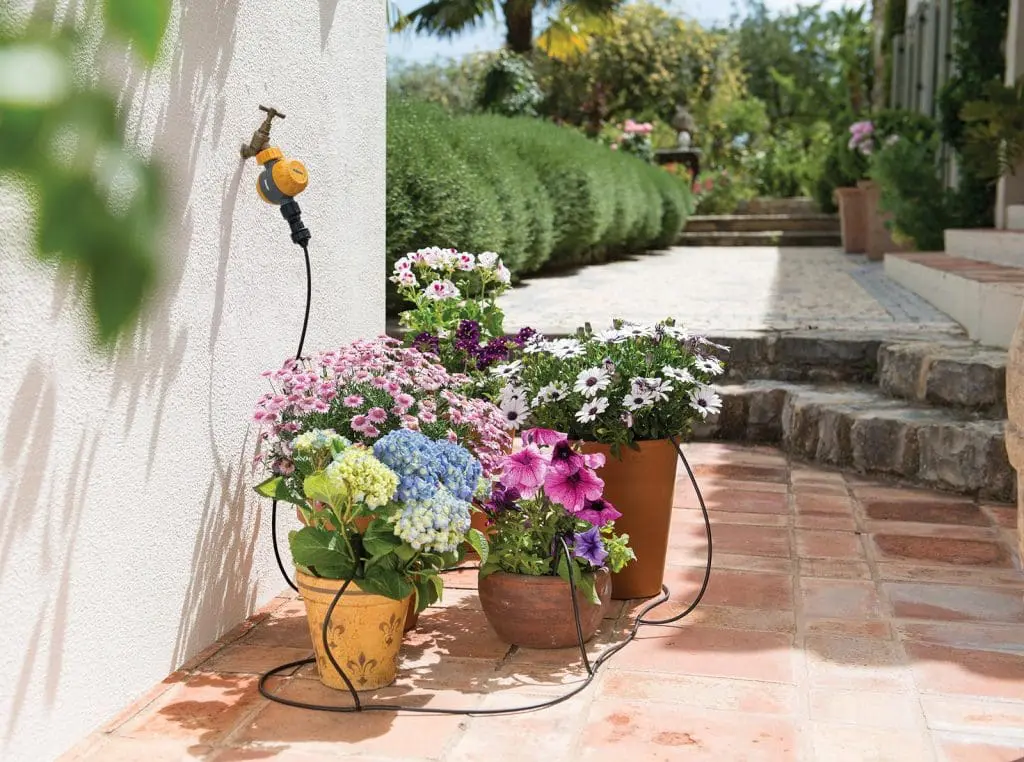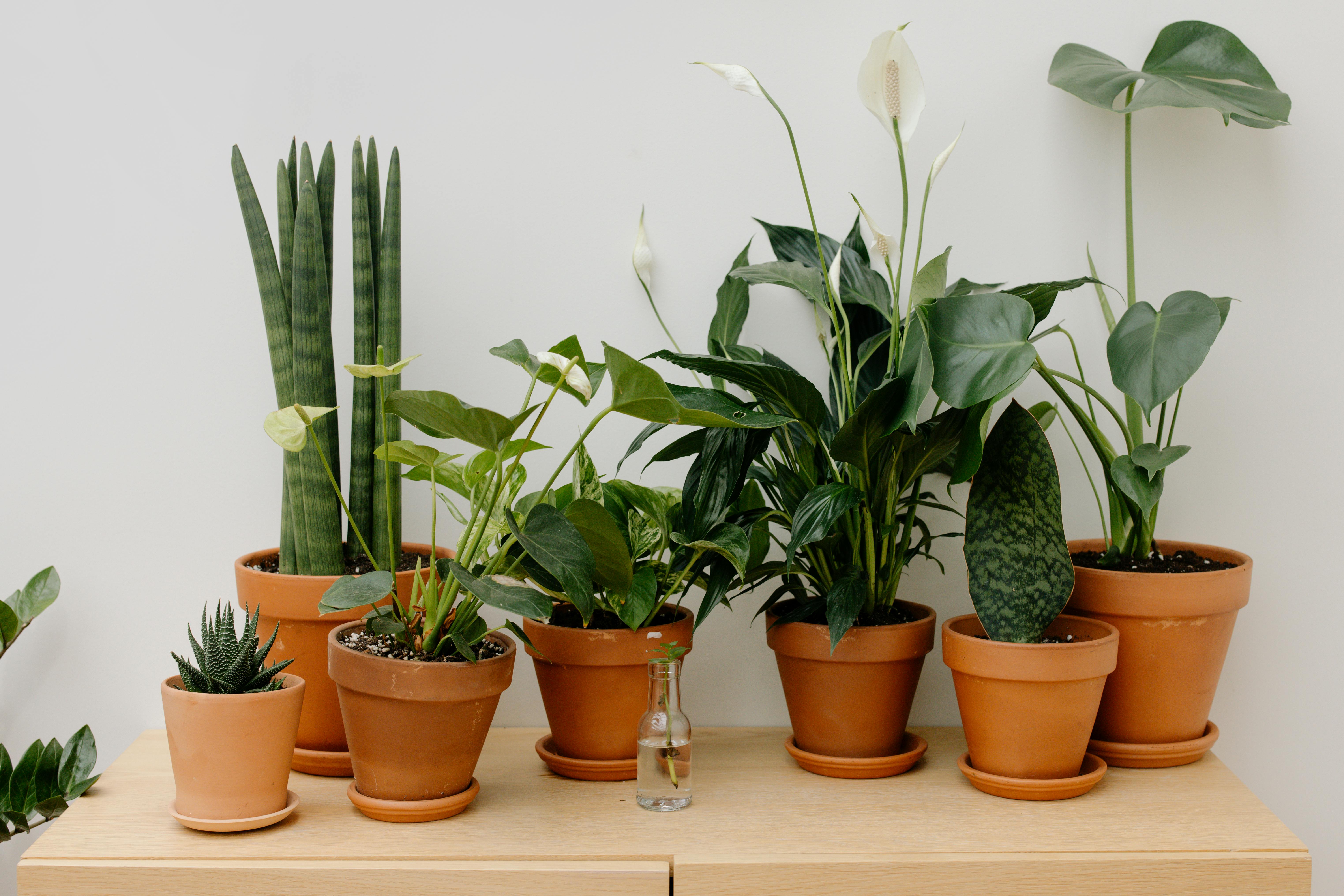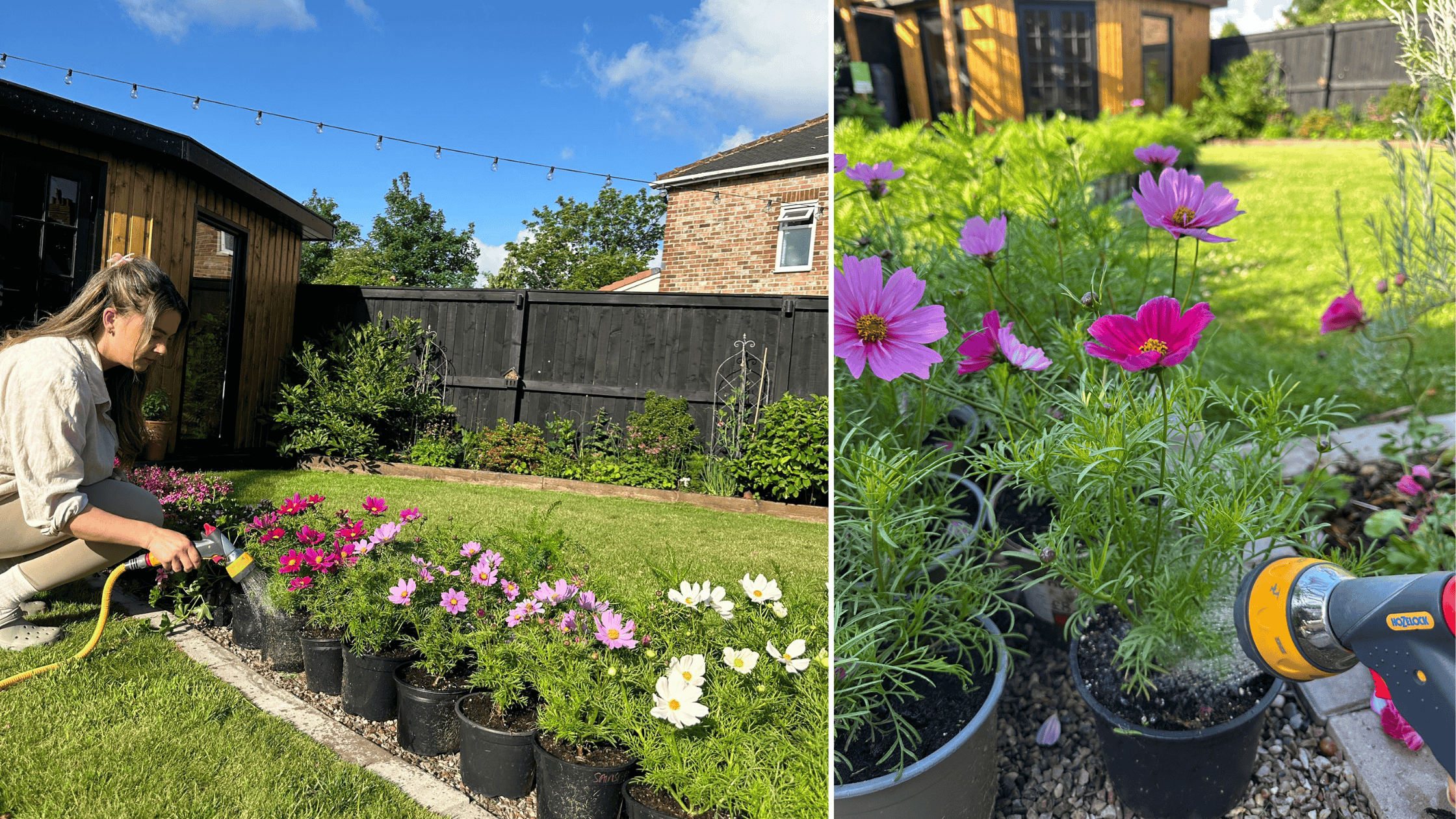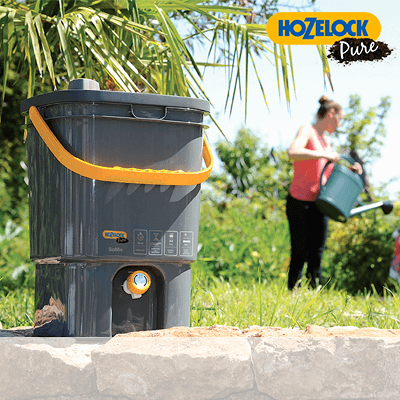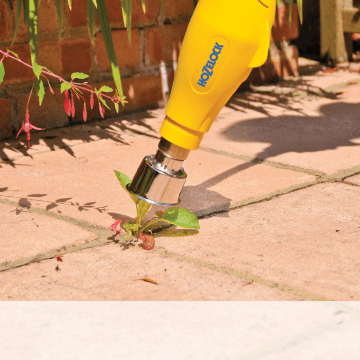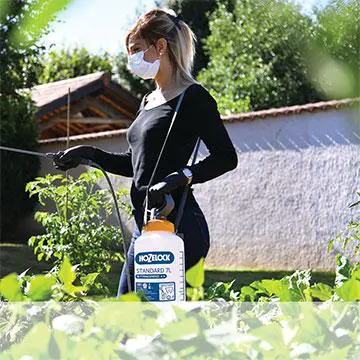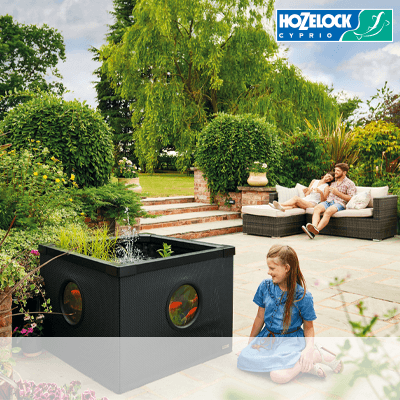Indoor plants do more than bring a splash of green to your home; they actively purify the air, enhance humidity, and boost your wellbeing.
Gardening enthusiasts will be pleased to know that some of the most beautiful houseplants can improve indoor air quality by filtering out toxins, releasing oxygen, and even acting as natural humidifiers.
Here, we’ll explore the best houseplants for clean air, their benefits, and how they contribute to a healthier, happier home.
Peace Lily (Spathiphyllum)
A favourite among indoor gardeners, the Peace Lily is a champion at removing harsh chemicals like benzene, carbon monoxide, and formaldehyde from the air. Its ability to absorb airborne toxins through its leaves and break them down in the soil makes it an excellent purifier.
Peace Lilies thrive in low-light conditions, making them ideal for offices or shaded corners of your home.
Peace Lily (Spathiphyllum)
Aloe Vera (Aloe Barbadensis Miller)
Known for its soothing gel, Aloe Vera doubles as an efficient air purifier. It absorbs carbon dioxide and releases oxygen at night, making it a perfect choice for bedrooms.
Aloe Vera can combat common chemicals found in detergents, paint, and adhesives, providing cleaner air while you sleep. Plus, its gel can be used for minor burns and skincare!
Aloe Vera (Aloe Barbadensis Miller)
English Ivy (Hedera Helix)
A must-have for bathrooms, English Ivy cleanses the air and reduces airborne faecal particles, contributing to a cleaner environment.
English Ivy is a fantastic choice for compact spaces and grows beautifully in hanging baskets.
English Ivy (Hedera Helix)
Boston Fern (Nephrolepis Exaltata)
The Boston Fern is known for restoring moisture to the air, making it an excellent humidifier. This plant can filter out formaldehyde and xylene.
Ideal for those with respiratory issues or dry skin, the Boston Fern improves air quality while adding a touch of tropical beauty.
Boston Fern (Nephrolepis Exaltata)
Spider Plant (Chlorophytum Comosum)
This hardy plant is easy to grow and highly effective at removing carbon dioxide and other toxins, making it a staple for air purification.
Spider Plants are pet-friendly and perfect for beginners, thriving in indirect sunlight and low-maintenance conditions.
Spider Plant (Chlorophytum Comosum)
Dracaena (Dracaena Spp.)
With its tall, dramatic foliage, Dracaena is perfect for new spaces, as it absorbs chemicals commonly released by new furniture and finishes.
This plant not only improves air quality but adds a modern aesthetic to any room.
Dracaena (Dracaena Spp.)
Bamboo Palm (Chamaedorea Seifrizii)
The Bamboo Palm is a standout choice for larger rooms, as it can grow up to 12 feet tall. It filters toxins associated with paints and new carpets.
This plant is excellent for creating a tropical vibe while improving indoor air and adding natural humidity.
Bamboo Palm (Chamaedorea Seifrizii)
Chrysanthemums (Chrysanthemum Morifolium)
Bright and cheerful, Chrysanthemums don’t just add a pop of colour; they also remove benzene and other toxins.
These plants are perfect for areas where aesthetics meet functionality, such as living rooms or kitchens.
Chrysanthemums (Chrysanthemum Morifolium)
Devil’s Ivy (Epipremnum Aureum)
Hailed by the RHS as one of the best houseplants for filtering air, Devil’s Ivy is effective at removing a wide range of toxins.
Its cascading vines add a lush look to any space while purifying the air.
Devil’s Ivy (Epipremnum Aureum)
ZZ Plant (Zamioculcas Zamiifolia)
This hardy, drought-resistant plant removes toxins like xylene, toluene, and benzene, making it a powerful air purifier.
Perfect for low-light spaces, the ZZ Plant is an excellent choice for busy gardeners or those new to indoor plants.
ZZ Plant (Zamioculcas Zamiifolia)
Weeping Fig (Ficus Benjamina)
A robust air purifier, the Weeping Fig eliminates pollutants like formaldehyde, xylene, and toluene found in adhesives, nail polish, and glues. However, this plant is toxic to pets, so ensure it’s kept out of reach.
Its glossy green leaves add a touch of elegance to any room while silently working to improve air quality.
Weeping Fig (Ficus Benjamina)
This plant is toxic to pets, so ensure it’s kept out of reach.
Snake Plant (Sansevieria Trifasciata)
Also known as the Mother-in-Law’s Tongue, this plant releases oxygen at night and naturally removes pollutants like benzene, formaldehyde, and xylene.
Snake Plants are nearly indestructible, thriving on minimal care and brightening up any room.
Snake Plant (Sansevieria Trifasciata)
This plant is toxic to pets, so ensure it’s kept out of reach.
Rubber Plant (Ficus Elastica)
This sturdy plant is particularly effective at removing formaldehyde from the air, making it ideal for homes and offices.
Rubber Plants are visually striking and can grow into impressive indoor trees with the right care.
Rubber Plant (Ficus Elastica)
This plant is toxic to pets, so ensure it’s kept out of reach.
Chinese Evergreen (Aglaonema)
This versatile plant cleanses formaldehyde and benzene, commonly found in detergents and cosmetics.
Chinese Evergreen is easy to care for and thrives in low light, making it perfect for busy lifestyles.
Chinese Evergreen (Aglaonema)
This plant is toxic to pets, so ensure it’s kept out of reach.
How Do Air-Purifying Plants Benefit Health and Wellbeing?
- Improved Air Quality: These plants filter toxins, release oxygen, and reduce carbon dioxide levels.
- Better Sleep: Plants like Aloe Vera and Snake Plant clean the air at night, promoting restful sleep.
- Stress Reduction: Studies suggest that greenery can lower stress levels, improve mood, and enhance concentration.
- Natural Humidifiers: Plants like Boston Fern and Bamboo Palm restore moisture to the air, relieving dry skin and respiratory discomfort.
Adding these plants to your indoor spaces isn’t just a trend – it’s a lifestyle upgrade.
Whether you’re a seasoned gardener or a novice, these air-purifying houseplants will make your home a healthier, more serene sanctuary. ?
To see our full range of gardening knowledge, explore our blog!




